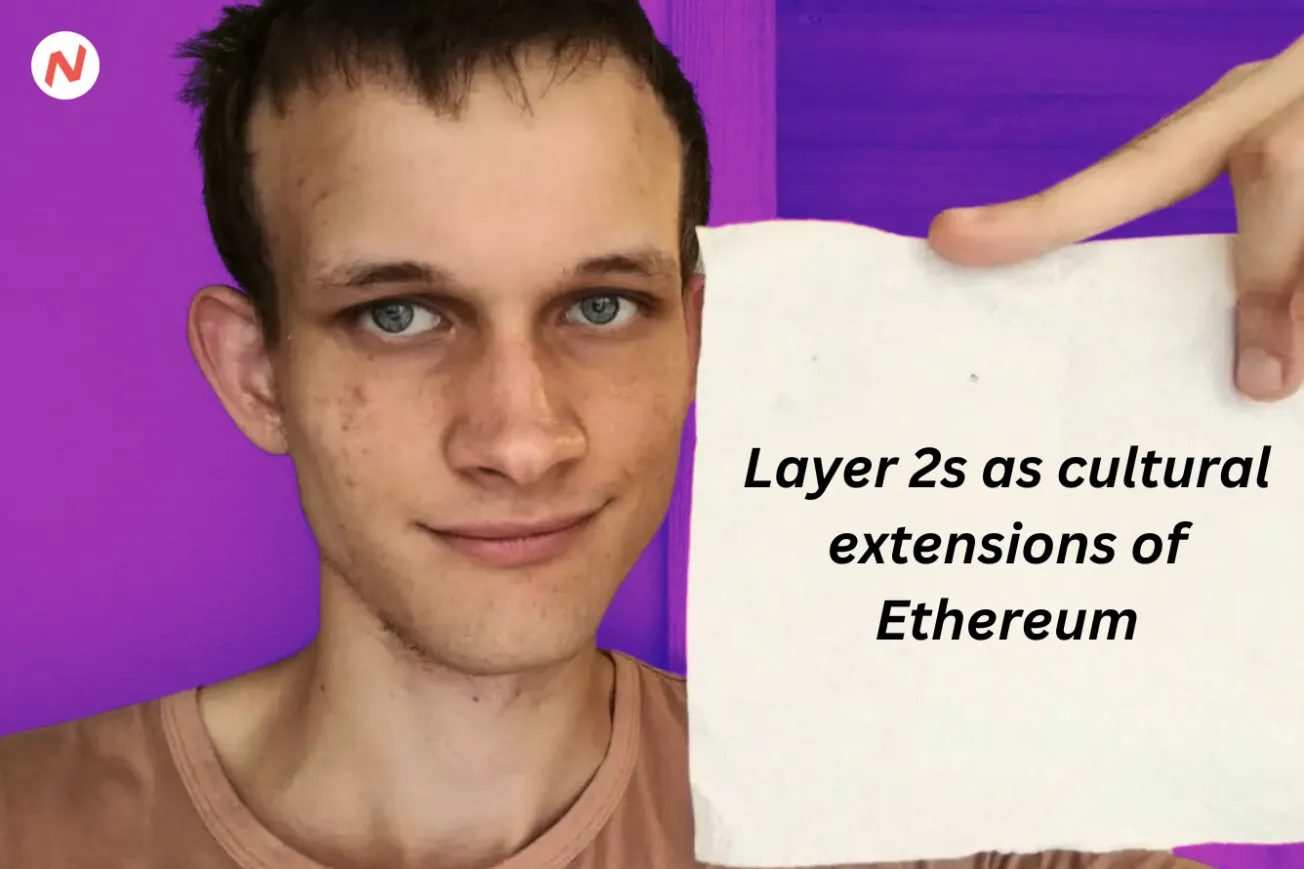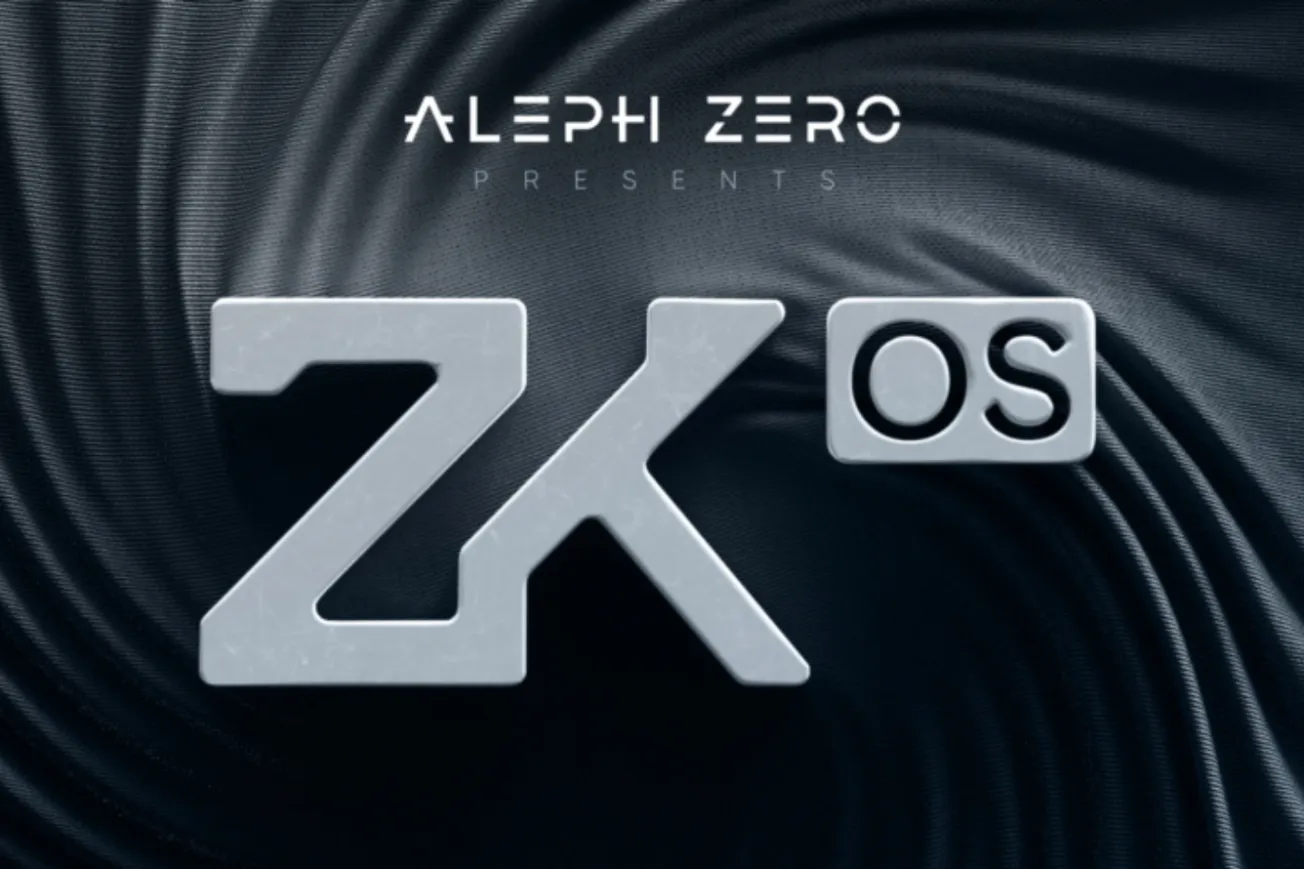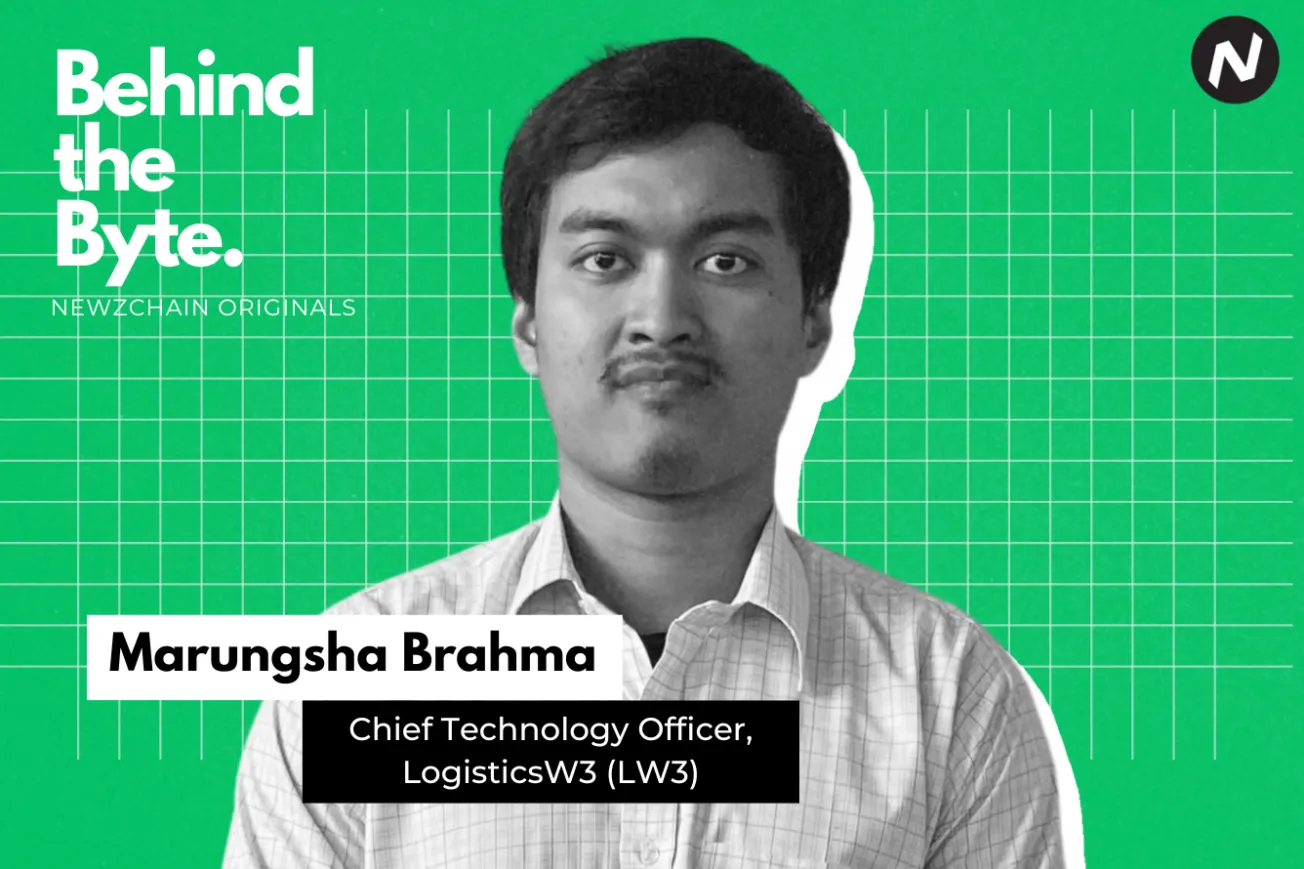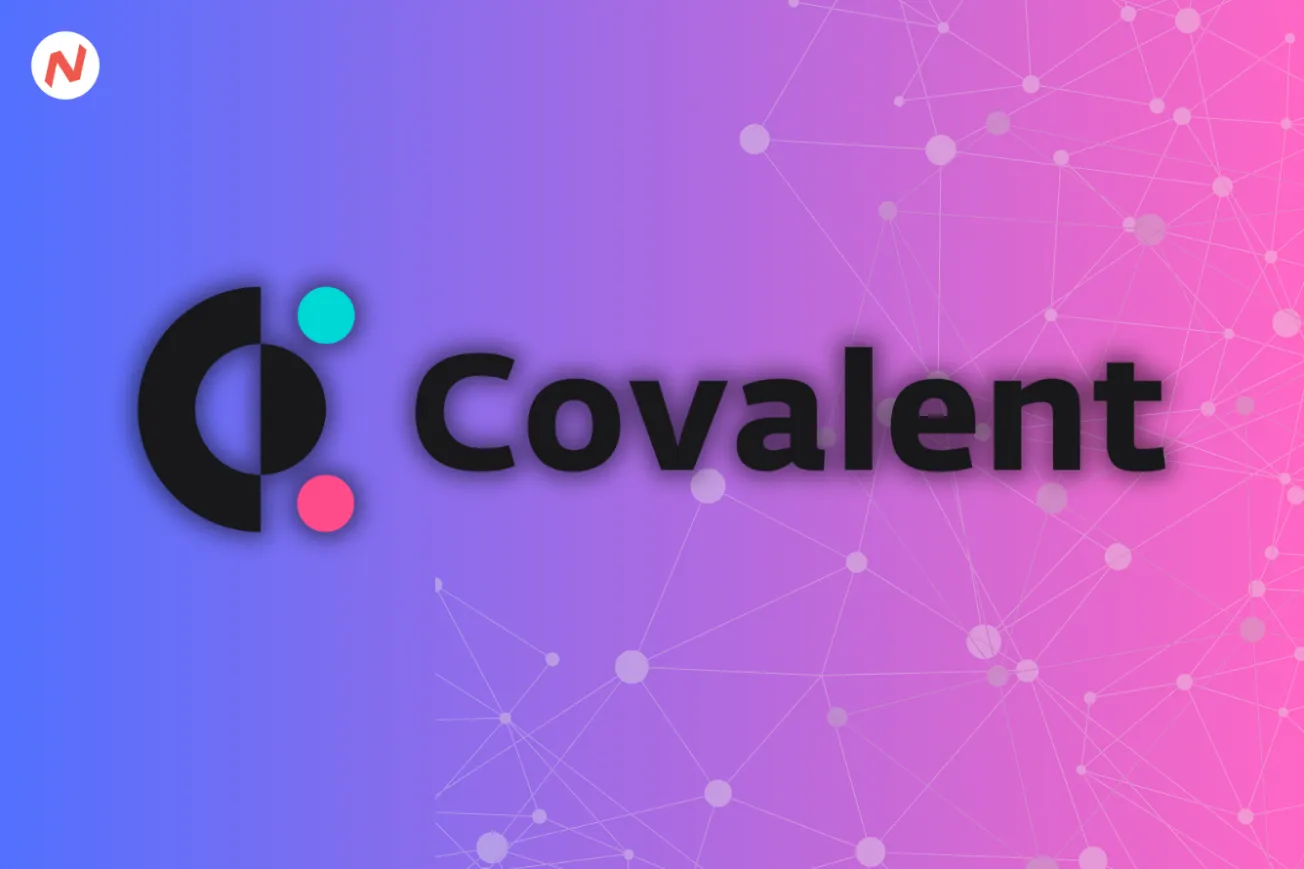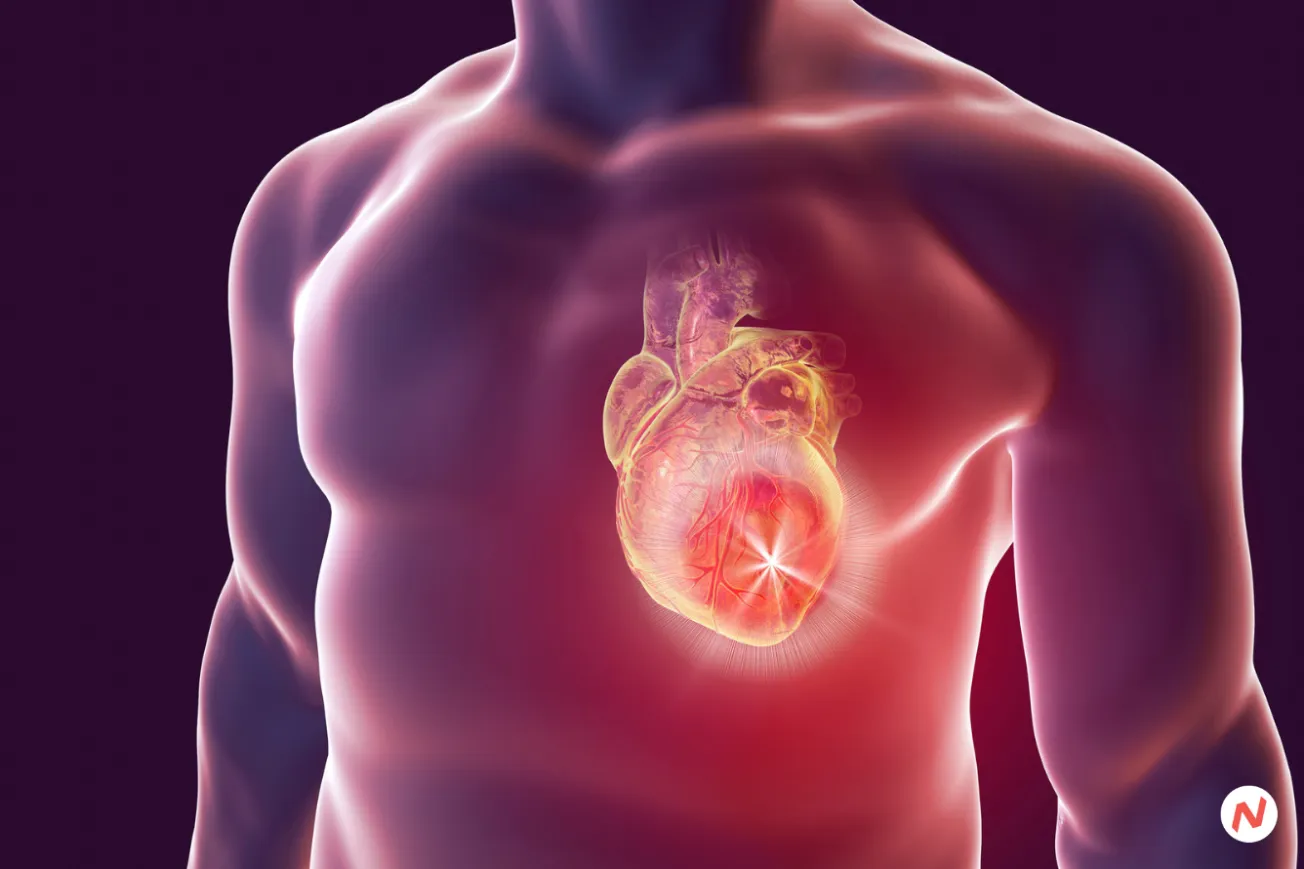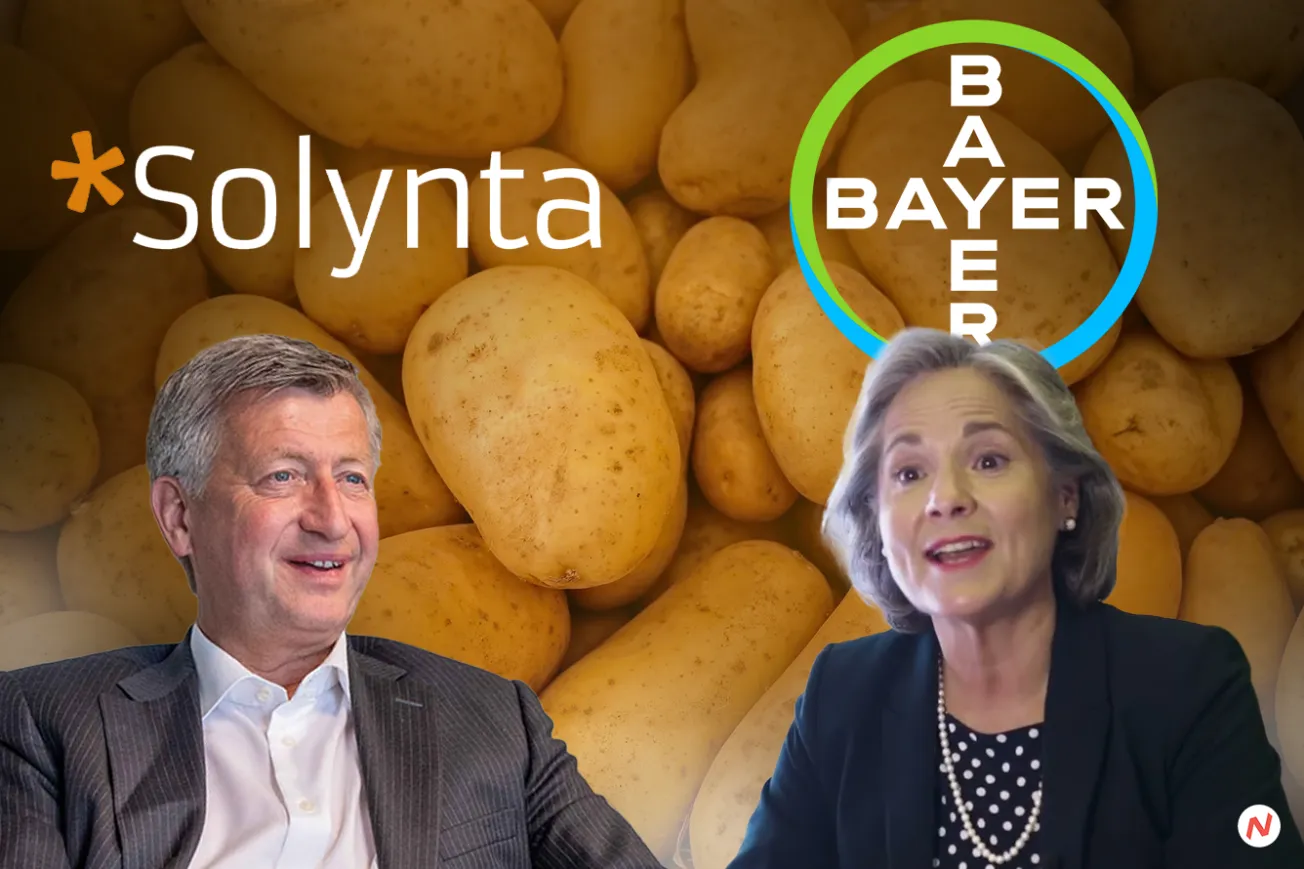- Vitalik Buterin highlights Layer-2 protocols as the ultimate playing field for crypto subcultures.
- According to Buterin, Layer-2 ecosystems promote a pluralistic environment, encouraging varied approaches in scaling, virtual machine design, and more.
Vitalik Buterin, co-founder of Ethereum, is among the most reputed personalities in the broader Web3 and crypto ecosystem. His insights into technologies and predictions never fail to amaze. For instance, in one of his March articles, Buterin talked about some of the interesting aspects of such charity coins and the concept of Robin Hood games.
Recently in one of his blog posts, Buterin shared insightful perspectives on the future and nature of Layer-2 (L2) protocols. According to Buterin, L2 protocols also serve as a breeding ground for crypto subcultures; they are like “cultural extensions of the Ethereum.”
“For a subculture, a layer 2 is the ultimate playing field for action. Layer 2s allow subcultures to emerge that are armed with substantial resources, and a feedback loop that forces them to learn and adapt in order to be effective in the real world.”
According to Buterin’s blog post, popular researcher Prof. Paul Dylan-Ennis identified three key subcultures within the crypto space: old-school "cypherpunks" who build infrastructure and tools without dictating their use, philanthropic "regens" who focus on community public goods, and speculation-driven "degens" who profit from trending memecoins or NFTs.
Furthermore, he also states that a layer-2-centric ecosystem is inherently more pluralistic, naturally leading to a greater diversity of approaches in scaling, virtual machine design, and other technological features.
Edited by Harshajit Sarmah

